You can use the structure of your periodized cycling training plan to guide the progression of your strength training. This approach can help you reach strength specific goals without interfering with your cycling workouts.
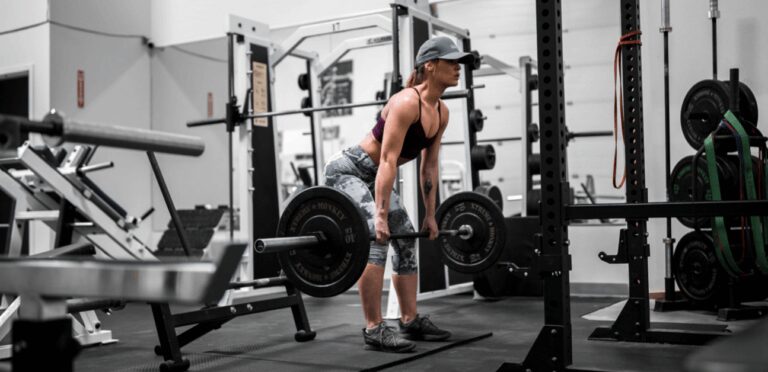

You can use the structure of your periodized cycling training plan to guide the progression of your strength training. This approach can help you reach strength specific goals without interfering with your cycling workouts.
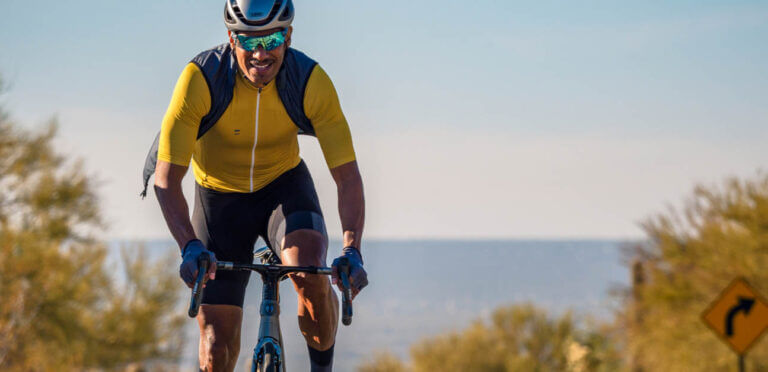
Power is the only truly objective way of assessing performance in cycling, but power meters and smart trainers are a luxury for many athletes. Find out how you can get the benefits of structured training without a power meter, and why this type of training can even benefit riders with access to expensive equipment.

Casper Green raised his FTP 70 watts with TrainerRoad to train for local group rides in Houston, Texas, all while being a busy father and working a demanding job in home automation. By making small changes along the way and staying consistent with a low-volume training plan Curtis lost 35 pounds and reached 4.0 W/kg.
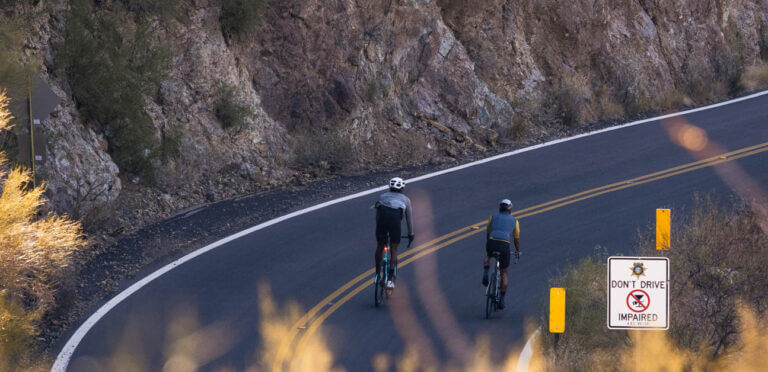
Fitness is never stagnant, and if you reduce training stress, you experience detraining. Find out what it is, why it happens, and the rate at which it occurs.
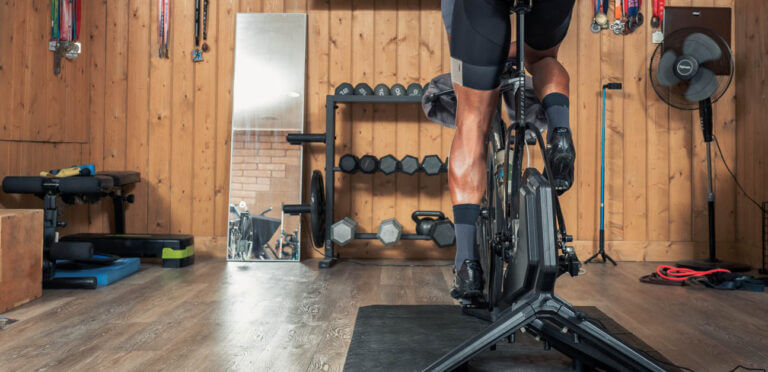
Indoor training is not only effective, but it’s incredibly time-efficient. If you’re not following a training plan, don’t worry. Whether you’re just starting, between seasons, or looking to supplement your outside rides, here are five of the best indoor cycling workouts that will make the most of your time and help you get faster.
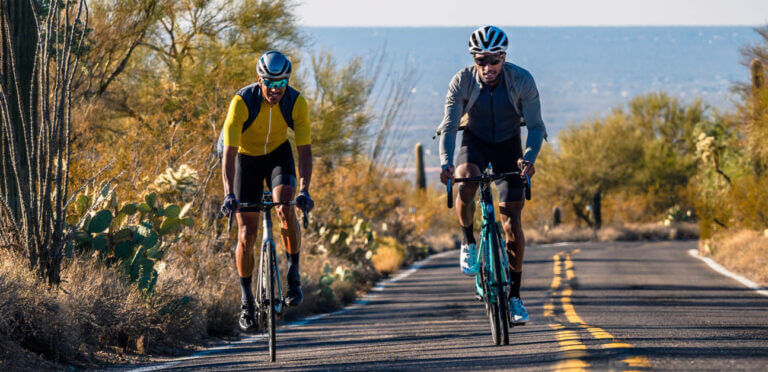
Increase your power and raise your FTP with a Build Training Phase. Totaling eight weeks, the Build Phase’s are structured to raise your FTP, improve your repeatability, and increase your work capacity. Build is also the first opportunity in a training progression to focus on the specific skills, and power capabilities demanded in your field of racing or riding.
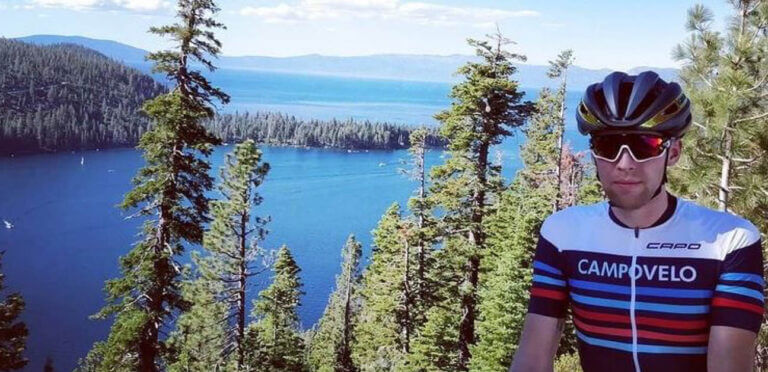
Stephen Morina’s job entails many long days of physical labor, but he’s used smart training strategies to raise his FTP and stay motivated. His approach can serve as an example for any athlete with demanding schedule.
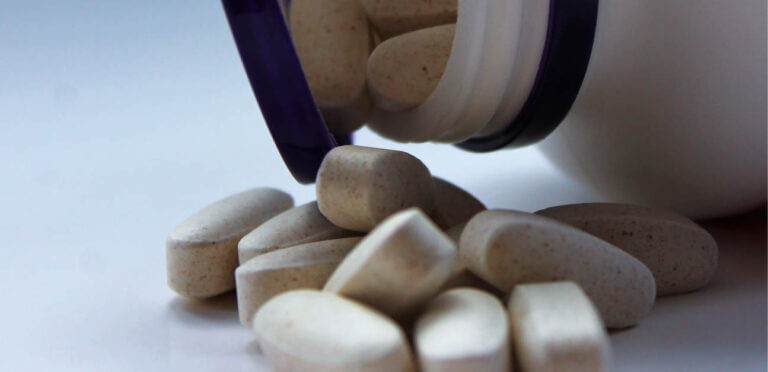
Beta-alanine is a popular workout supplement that promises to increase exercise capacity and reduce muscle fatigue. But will it make you a faster cyclist? This article will cover what it is, what it’s good for, and if cyclists should supplement with beta-alanine.

While cyclists need training stress to promote physical adaptations, too much of it can have the opposite effect. A prolonged period of insufficient recovery and excess training stress can lead to non-functional overreaching, and ultimately to overtraining syndrome.
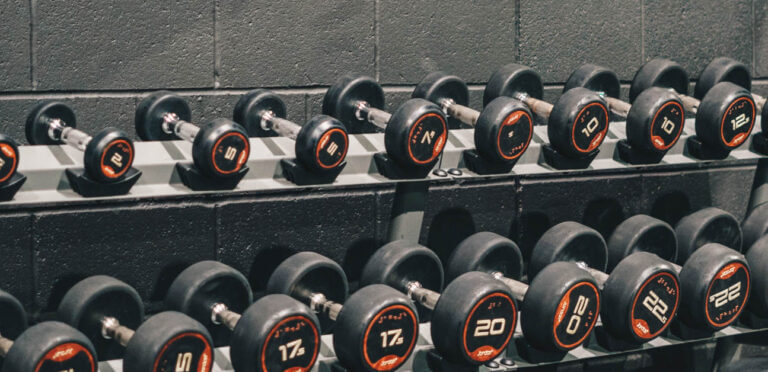
Every cyclist can benefit from strength training. Luckily, you get started any time of the year. Here are five tips that will help you add strength training to your routine.